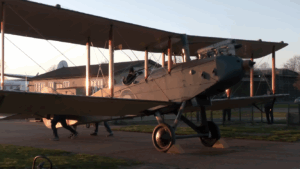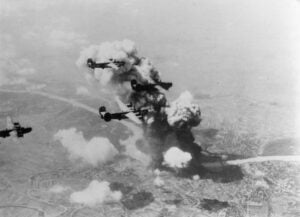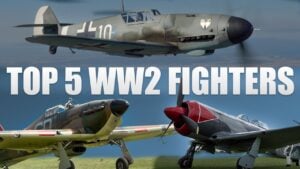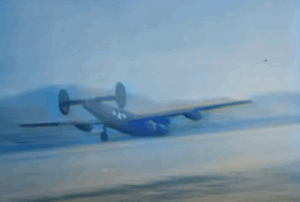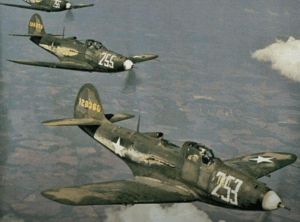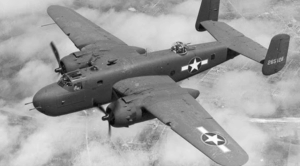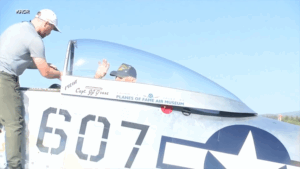World War II Pilot Tells a Brutal True Story
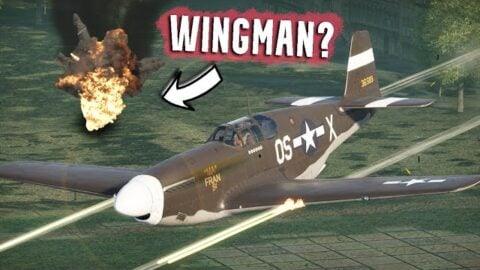
YouTube / TJ3 History
This is the second installment in my Saving History series featuring Ed McNeff, a P-51 Mustang pilot with the 355th Fighter Group during 1944–1945. This focuses on Ed’s two challenging missions, during which he flew alongside his wingmen, Ben Johnston and Norm Olson.
An Intense Dogfight
In March 1944, just a few months before Allied invasions in Normandy, Ed McNeff, a member of the 355th Fighter Group operating out of England, was flying his P-51B Mustang. They were tasked with the job of protecting American B-17s and B-24s as escorts during their long-range bombing missions across Western Europe.
On March 29th, the 355th would take off for Brunswick, Germany. Ed took off with his wingman, Ben Johnston. As Ed and Johnston took off for this escort mission, it would go down as a memorable one for the two men. As they linked up with the B-17s over France, the 355th escorted the bombers to their target in Germany.
Once they had surpassed this target, however, they were intercepted by German fighters. The Germans blazed into the American flight, and an intense dogfight started. Johnston pulled behind one Focke-Wulf and opened fire, scoring one kill after another. However, due to thick cloud cover, Ed began losing sight of Johnston. Little did he know that the likely reason for his wingman’s demise was that one of the top German aces of the war was hunting in these clouds. Ed had no choice but to head back home without his wingman.
Another Escort Mission
Ed took a few days off before he was sent to combat once again on April 8, 1944. Since his last wingman was lost in combat, his new wingman would be the leading scorer of the 355th, Norm Olsen, who was the first pilot to become an ace in the 355th.
The assignment was another escort mission into Germany, as a group of B-24s was striking Brunswick. They stayed with Liberators until the job was done and peeled off to head back to England. However, as part of the recent order, the Mustangs had a new objective as soon as they turned for home- attack anything of value on he ground- assets or airfields of the Luftwaffe. Unfortunately, this order would lead to a devastating loss. Olsen made a third pass in an airfield, a dangerous move since all the guns know where the planes are. His decision to go for repeated passes led to his untimely demise.
A Familiar Face
A few months later, as the Americans were pushing into Germany and liberating POWs throughout the region, a familiar face was liberated- Ben Johnston. When he came back to England, he reported he had been hit by a German fighter and forced to crash land, striking a tree on the way down- he was lucky to survive.
The German ace who shot him was no other than Oscar Heinrich Barr, who tallied more than 200 kills in the war, and Johnston could likely have been the 186th.














